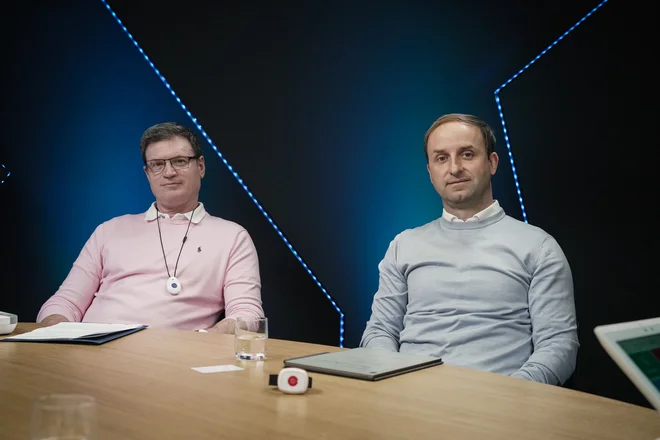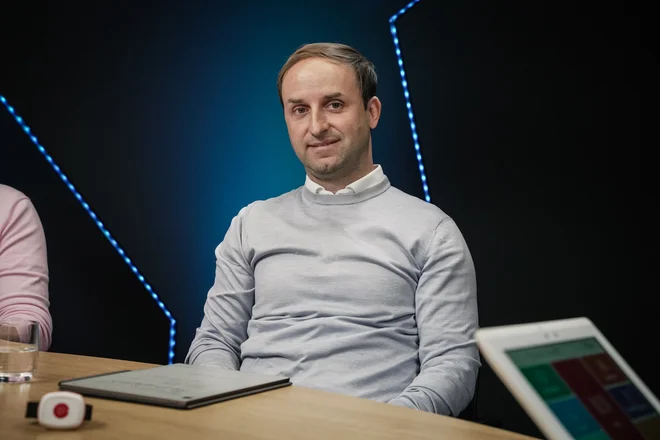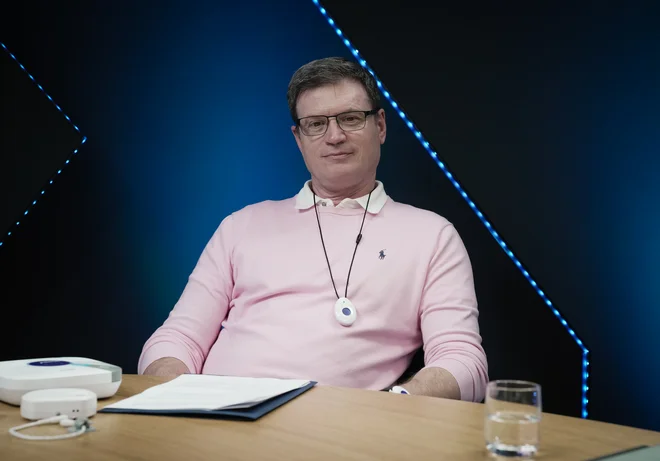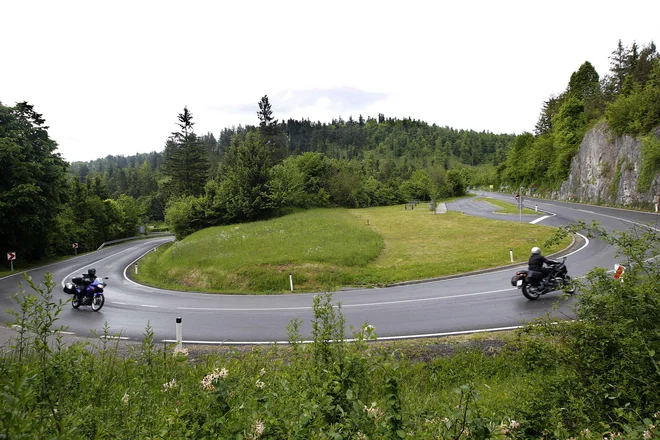Podcast technological giants: technology that saves lives

At times when the need for health and long -term care is increasing, and medical and social care is faced with the deterioration of accessibility to health and social services (queues), a lack of personnel and institutional capacities, the digitization of health and social services is no longer an additional possibility, but as a necessity. E-care and telemedicine are becoming pillars of modern health and social care system and long-term care-technologically sophisticated but based on a clear human mission.
Slovenia, despite the fact that it has excellent developed solutions suitable for national introduction, is far behind developed countries. In developed countries, for example, E-supply has been provided on average ten percent of the population over the age of 65 for decades.
In the new Delo podcast Technology giants Peter Pustaticleader of e-health at Telekom Slovenije, and Andraž KranjcCEO of Caretronic, remove the layer for the layer of technological, social and systemic dimensions of e-supply.
E-Service: More than a Help button
« E-care is a life bridge between vulnerability and security, during loneliness-the left to yourself when you need help and support, » said Pustatičnik.
It is a service that enables the immediate connection of the elderly, disabled and chronic patients with healthcare staff through a protective phone, SOS or fall detector in the permanent assistance center. The solution also enables automatic parameters of vital functions to medical staff (telemedicine).
“For the older smartwatch that needs to be filled every day, it is simply not a solution. The battery should withstand a year – otherwise the usefulness is eliminated. ”Photo: Luka Maček
In Slovenia, about 5200 users are currently involved in the National Remote E-Removal project, which have launched more than 55,000 alarms and calls for help over a good two years. As many as 600 needed emergency medical assistance and about 5,000 assistance of informal caregivers. According to Pustatičnik, they rescued people in the event of falls, cardiac arrests, brain caps and other sudden deterioration of health, and many users needed only a friendly social conversation.
Rapid help and health care decide between life and death. E-supply has prevented users from many complications and unnecessary death, and also brings psychological support, improving the sense of security and reducing a sense of social exclusion in the home environment. There are fewer complications due to timely assistance, and less costs for the Health Insurance Institute (ZZZS). E-supply can also delay departure for institutional care and relieve relatives (caregivers).
Caretronic: domestic development with global reach
Caretronic, run by Andraž Kranjc, is one of the pioneers of the development of digital care systems. Seated in Kranj and Roots in 1962 is present in markets from Malta to Kuwait and Australia today. Their solutions include both stationary protective systems and advanced sister call systems that digitize administration in nursing homes and hospitals and release time for patient care.

“Without e-care, about ten percent of users would be forced to go to institutional care, as they would no longer feel safe at home. » Photo: Luka Maček
« We have been welcomed abroad, and in Slovenia cooperation with large public institutions is still a challenge, » Kranjc admits. According to him, the example of working with Telekom Slovenije is proof that synergies between large and smaller technology companies can create solutions that are operational, scalable and reliable.
Why Slovenia urgently needs e-supply even after 1. 7. 2025
Slovenia is one of the few developed countries that did not have long-term care (and e-care) at the national level, which was repeatedly warned by the European Commission. The pilot project of distance e-supply, which provides free e-supply of 5200 beneficiaries of e-care, is completed 30. 6. 2025.
In order to ensure continuous use of e-care for all its beneficiaries, it is necessary to choose a quality provider of this service as soon as possible and to provide systemic bases for the provision of e-supply at the national level for the period from 1. 7. 2025 onwards. The amendment of the Long -term Care Act must be adopted, the form (application) for obtaining the right to e -care, providing information support for decisions at entry points (ie centers for social work – CSD) and the Health Information Support.
It should be borne in mind that beneficiaries of e-care are over 80 years of age. Disabled people or seriously ill, who are more difficult to mobile and need assistance in filling out forms, visiting entry points and doctors. As part of the Remote e-Surfing project, volunteers of retirement societies within the Association of Pensioners of Slovenia (ZDUS) were provided in the completion and submission of forms.
The application for the right cannot yet be submitted because the form has not yet been published, and the entry point (CSD) does not yet have information support to decide on the right to e-supply, so it will be very difficult to process applications and issue decisions for all 5200 beneficiaries of e-care. The solution is a translation of the rights already acquired at the national level into the right of long -term care Act (Article 33) with a temporary decision issued for all these beneficiaries at the same time and is valid for example. by the end of this year.
“If we do not take the transition of users automatically or. In a timely manner, there is a risk that they will remain the most vulnerable without e-supply and are left to themselves in case of assistance in case of assistance, which can endanger their lives, « warns Pustatičnik.
Telemedicine: The next wave already knocking on the door
Alongside e-care, telemedicine steps. With telemedicine solutions that include portable ECGs, oxygen saturation sensors, pressure meters, sugar, etc. And the integration of data into medical systems is allowed to monitor patients remotely and adjust the remote therapies in real time. « A doctor’s cardiologist, who treats 80 patients at a time with telemedicine, is more effective than those who can be treated for 20 in a ‘traditional’ way, » Pustatičnik emphasized.

« Abroad, e-care has been a decade of widespread, with an average of about ten percent older than 65, is mandatory as a car seat belt-it has about 6,000 users in our country, and we are still waiting for systemic arrangement in practice. » Photo: Luka Maček
Slovenia has been waiting for systemic introduction for many years-financing telemedicine services for chronic patients, although a similar telemedicine solution for patients with Covido-19 has been nationally introduced into a regular clinical practice in 2020. Despite the success during a recent epidemic, when telemedicine treatment of patients with covid were relieved by hospitals and health funds, the Ministry of Health was still not approved by the National Health. telemedicin services for chronic patients.
Future: Slovenia as an example of good practice?
Despite the challenges, the interlocutors remain optimistic. “Slovenia has excellent solutions in telemedicine and e-care and meets all the conditions to become a role model in the digitization of health care and care services-we have innovative solutions, knowledge, competences, businesses and excellent pilot experiences. But we need political will and systemic changes, « says Kranjc.
E-care and telemedicine are not just a solution for a digital future-they are primarily an investment in more accessible and quality health and care, personalized health care and care, the dignity of age, relieving the health and social care system and the sustainable orientation of modern society.







